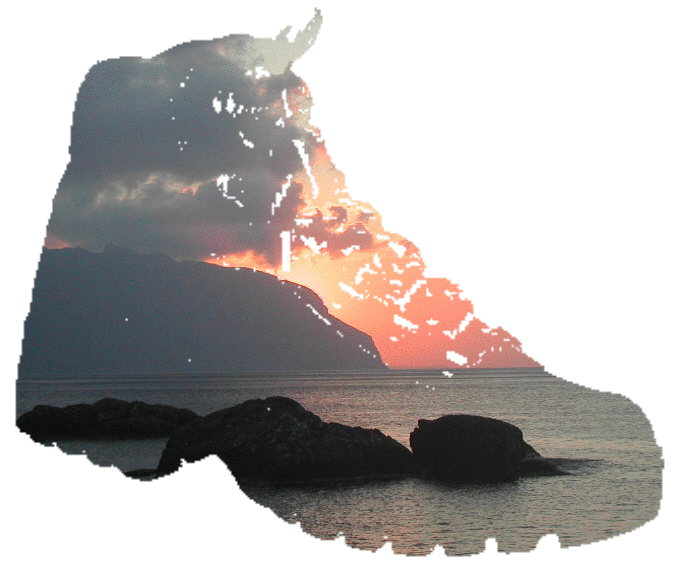Tinos with Delos
The middle island of the trio served by ferries from Rafina, Tinos has a completely distinct character from Andros and Mykonos and is a
major religious centre and place of pilgrimage, as the shops along the carpet-lined pilgrims’ route from port to cathedral will testify. There are several working monasteries and priories and 600 town and country churches and chapels, both Orthodox and Catholic, in contrasting styles.
Tinos features
-
the signature peak of Xombourgho a clear landmark, around which is a scattering of farming villages producing fruit, vegetables and livestock.
-
a varied landscape of marble, schists and limestone and the enormous rounded granite boulders of unknown origin.
-
a strong marble mining and carving tradition dominating the architecture, in particular the marble lintels and 700 ornate dovecotes.
-
an indented coast, with safe sandy beaches, secluded rocky coves and mysterious caves.
-
a green landscape with rivers, springs, wash houses and village squares with cool marble fountains shaded by spreading old plane trees.
-
a network of kalderimia, old stone roads, often signed and waymarked.
-
Plenty of rooms, bars, tavernas and cultural establishments, reliable buses and a good road network.
-
Roman, Classical and Venetian ruins and access to Delos by day boat.
Staying on Tinos
As a pilgrimage island, there are more all-year accommodation options on Tinos than on other comparably sized islands. There’s a cluster of hotels in the port, many apartments, studios and rooms too as well as a scattering all over the island, many bookable on line. Some of the more distant seaside and hilltop settlements, such as Portos, Kionia, Panormos, Falatadhos and Pyrghos have plenty of choice too. The campsite is on the edge of the Chora, marked on the maps, see http://www.camping.gr/tinos.
Getting to Tinos
As one of the handful of islands served by Rafina, Athens’ eastern port, Tinos is one of the more accessible of all for international visitors, apart from resort islands with international airports. From Athens airport, find the national bus stop, in 2013 this was just outside the terminal on the opposite side of the road and well away from the city buses. The bus, roughly hourly, takes about 40 minutes and terminates at the port, near the ferry ticket offices. Ferries leave a few times a day and take 3½ hours, see http://www.gtp.gr, calling at Andros en route and continuing to Mykonos (50 minutes) so of course an alternative approach would be to use a seasonal flight to Mykonos airport. Ferries link on, notably via Syros, to the rest of the Cyclades and beyond.
Getting around Tinos
Buses are reliable and cover the major settlements so wherever you stay you can catch a bus to the start of your walk and/or use one at the end. You buy the tickets on the bus. There are generally three or four a day on each route, around 6-7 am, 11 am and 2pm and there’s a “round the island” tour bus 10am to 4.45pm. Timetables can be obtained at the bus station, are displayed on some bus stops and of course the proprietors of hotels and rooms often have a copy. There are several car hire firms with offices in Chora, and some bike hire too.
Maps and other information
There are two excellent maps suitable for walking:
Anavasi Topo 10.20 at 1:27,000 published 2013 ISBN 978-960-8195-998,
Skai Terrain Map 308, at 1:30,000 published 2009, ISBN 978 960 684586-4, and 309 for Delos (on Mykonos map) 1:30,000 also 2009
and don’t forget Google Earth
Websites which include general tourist information for Tinos include:
www.greeka.com, www.tinos.biz, www.tinos360, and www.tinosguide.com some of which include online booking options.


